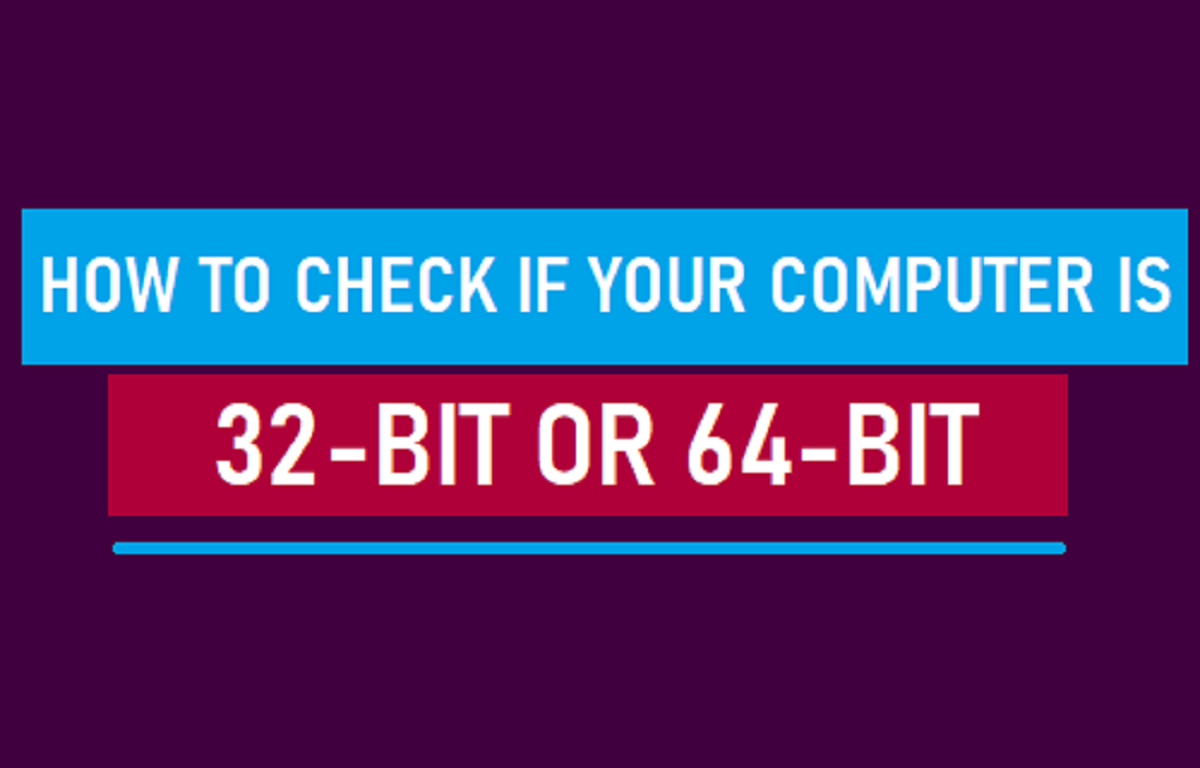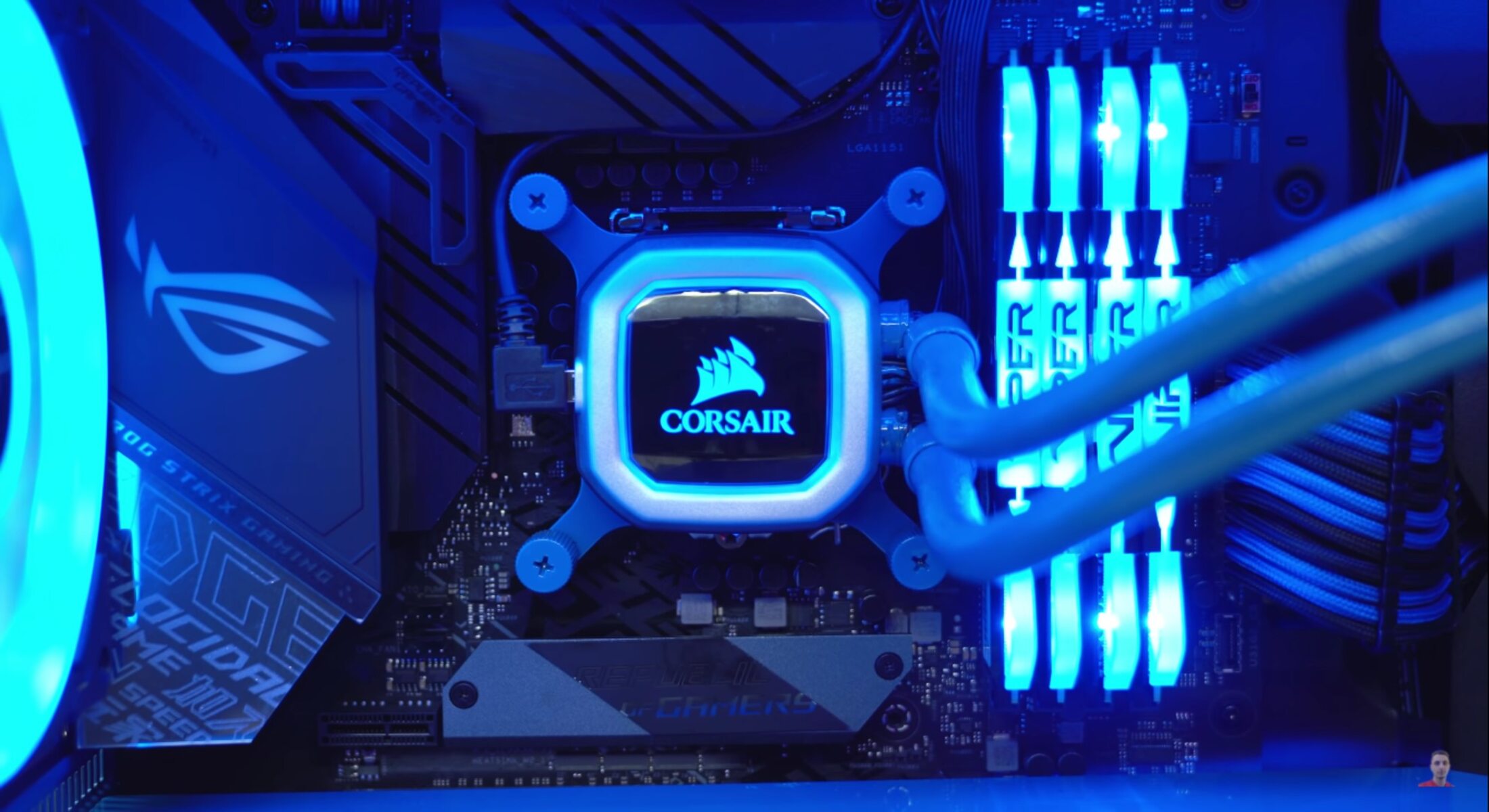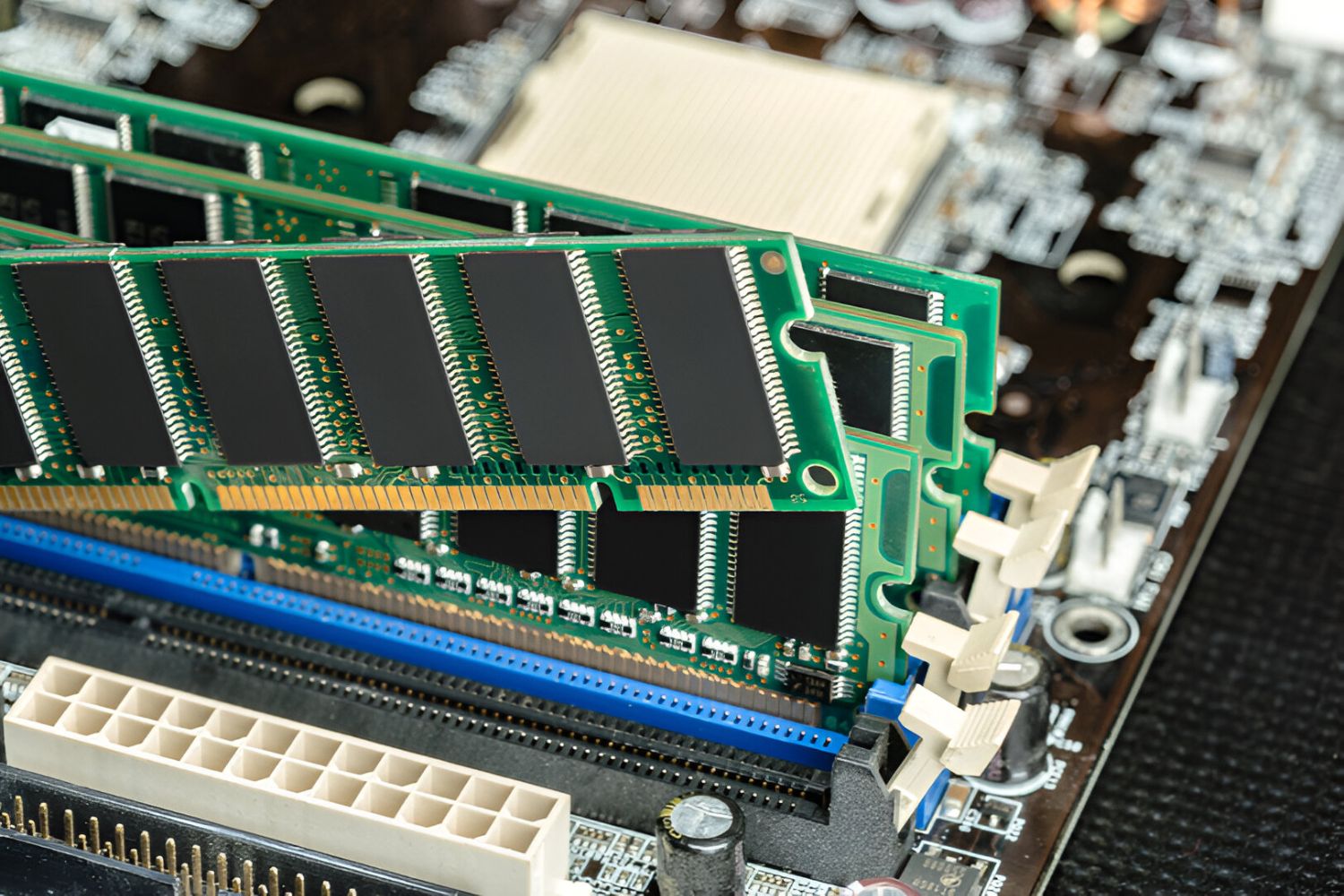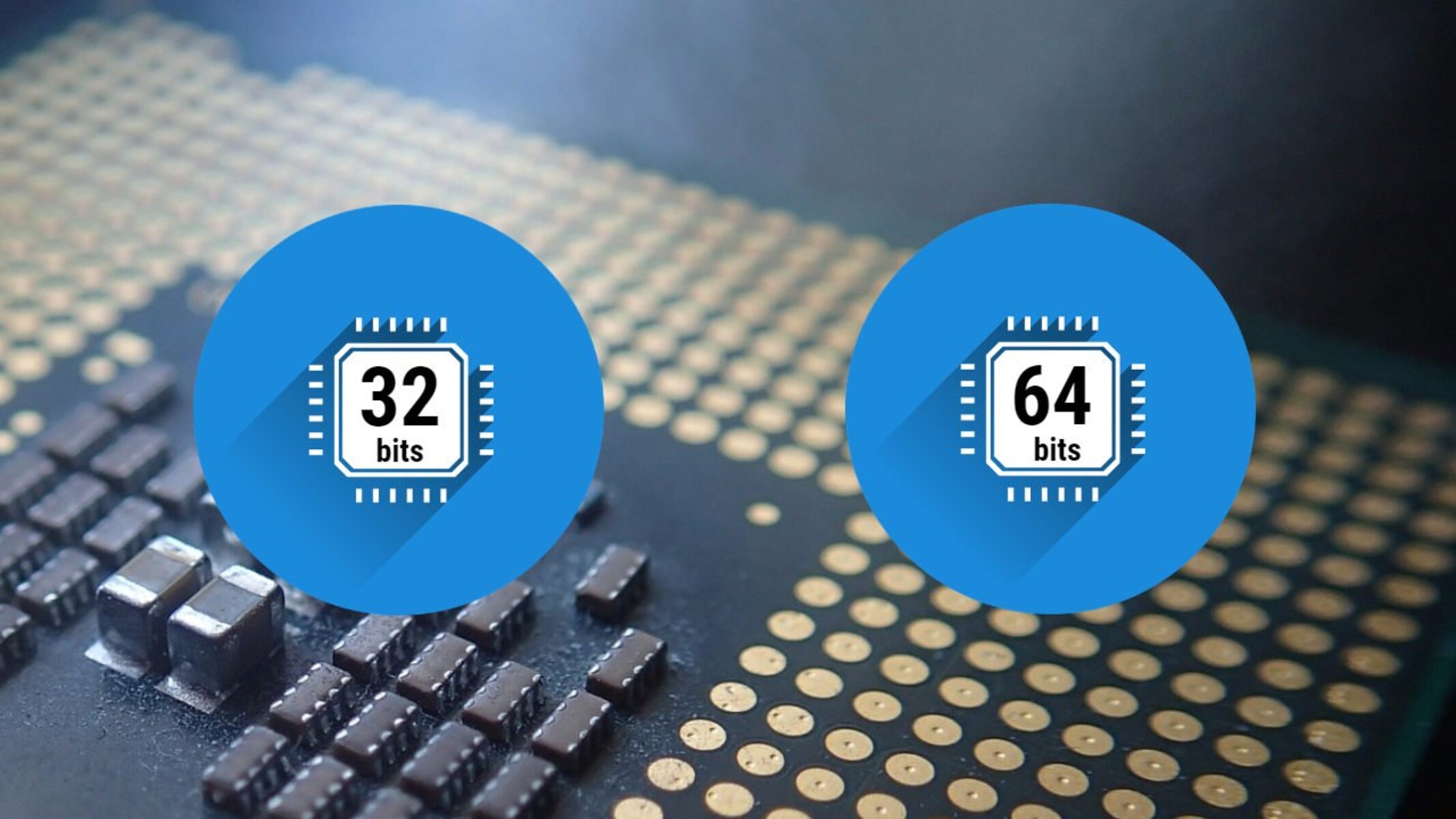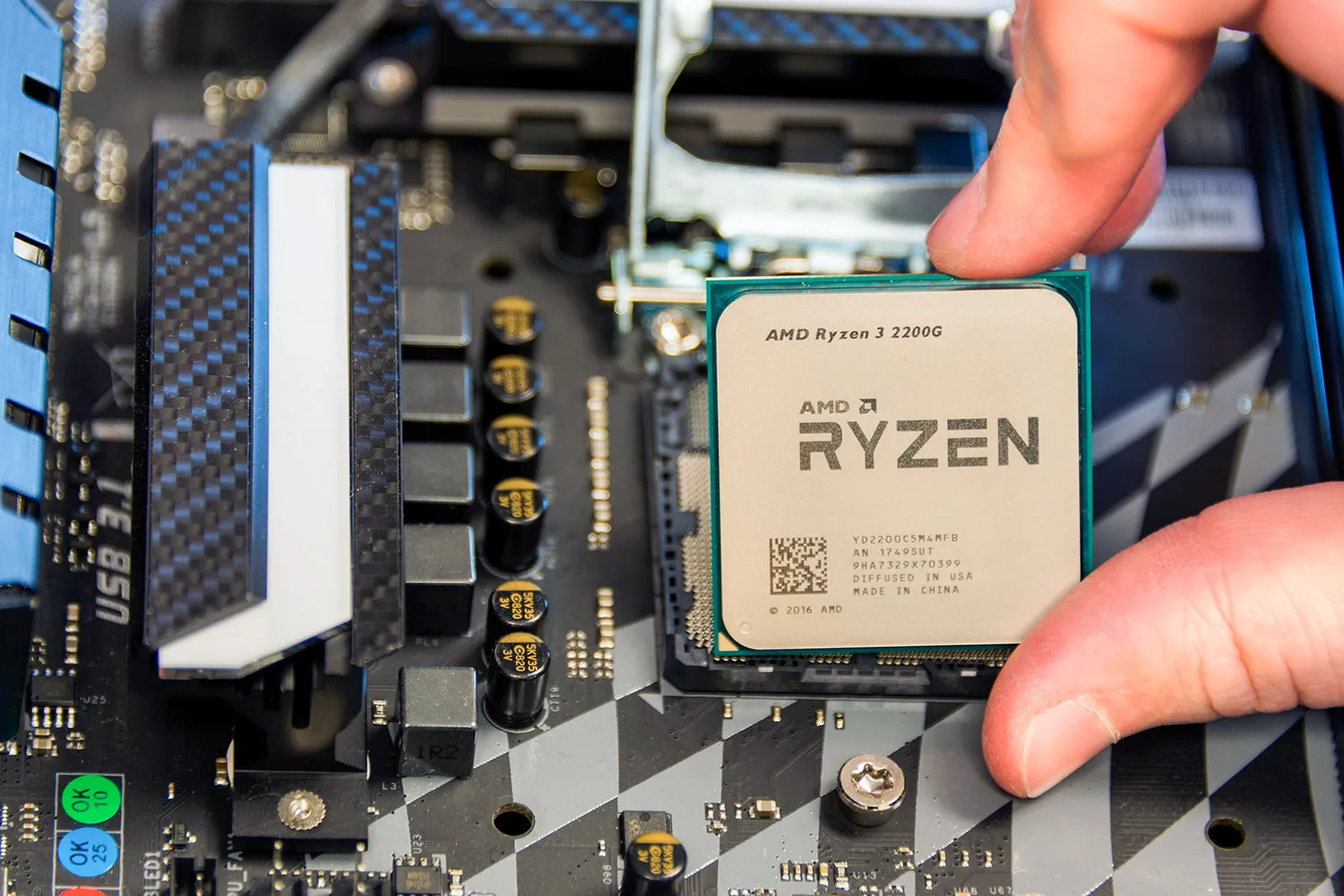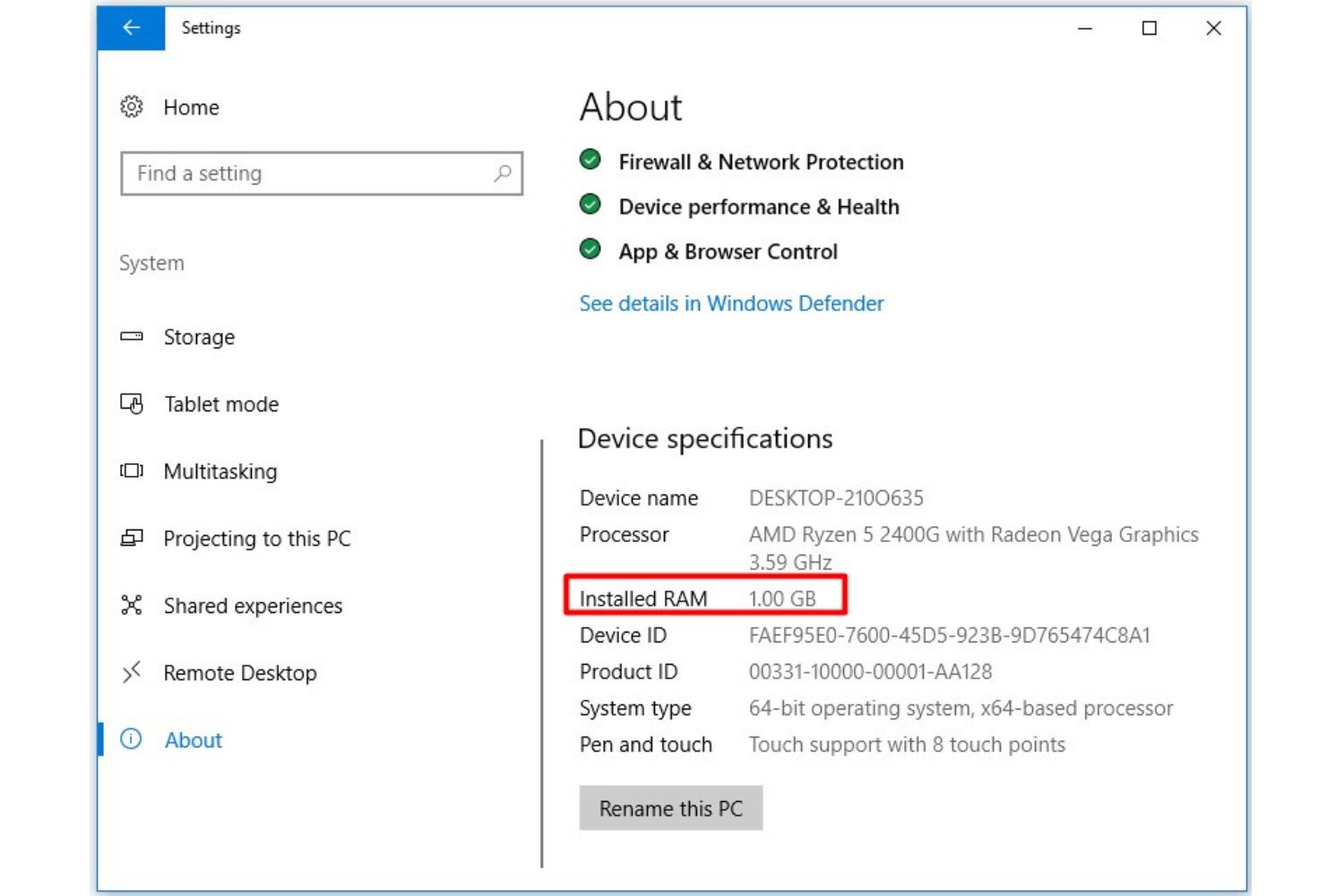Introduction
When it comes to computer processors, knowing whether your CPU is 64-bit or 32-bit is essential for a variety of reasons. Whether you are considering upgrading your operating system, installing software, or determining hardware compatibility, understanding your CPU’s architecture is crucial.
A 64-bit processor is capable of handling larger amounts of data and executing more complex operations compared to a 32-bit processor. It allows for higher system performance, enhanced multitasking capabilities, and improved overall user experience. On the other hand, a 32-bit processor is limited in terms of memory capacity and processing capability, which can impact the performance and functionality of your computer.
In this article, we will explore three different methods to check if your CPU is 64-bit. You can choose the method that suits your technical expertise and comfort level. By following these steps, you will gain the knowledge needed to make informed decisions regarding your computer’s compatibility and optimize its performance.
Method 1: Checking System Information
The easiest way to determine if your CPU is 64-bit is by checking the system information on your computer. Follow these steps to access the system information:
- Press the Windows key + R on your keyboard to open the Run dialog box.
- Type “msinfo32” in the search field and hit Enter. This will open the System Information window.
- In the System Information window, look for the System Type entry under the System Summary section.
- If the System Type is listed as “x64-based PC” or “64-bit operating system,” then your CPU is capable of running 64-bit software.
If your System Type indicates a 64-bit operating system, it means that your CPU is 64-bit and can handle both 32-bit and 64-bit applications. This is great news as it provides you with the flexibility to install and run a wide range of software and take advantage of the benefits that come with a 64-bit architecture.
However, if the System Type mentions a 32-bit operating system, then your CPU is most likely 32-bit. In this case, your system is limited in terms of memory capacity and processing power, and you may face compatibility issues when trying to install or run certain 64-bit software.
Remember, it’s important to check if your CPU is 64-bit before attempting to install or upgrade your operating system or software. This ensures that you choose the correct versions and avoid any compatibility issues that may arise from using the wrong architecture.
Method 2: Using Command Prompt
If you’re comfortable with using Command Prompt, you can check if your CPU is 64-bit by following these steps:
- Press the Windows key + R on your keyboard to open the Run dialog box.
- Type “cmd” in the search field and hit Enter. This will open Command Prompt.
- In the Command Prompt window, type “
wmic cpu get DataWidth” and press Enter. - Look for the “DataWidth” value in the output. If it is “64,” then your CPU is 64-bit.
By using the Command Prompt method, you can quickly determine the architecture of your CPU without the need for any additional software or complex steps. This method provides a direct way to retrieve the necessary information and is particularly useful for those with technical knowledge or who prefer using command-line interfaces.
Knowing whether your CPU is 64-bit is crucial for compatibility when installing certain software or choosing the appropriate operating system. It allows you to make informed decisions and ensures that you optimize your computer’s capabilities.
Note that if the “DataWidth” value returned by the Command Prompt is “32,” it means that your CPU is 32-bit. In this case, you should be aware that your system has limitations in terms of memory capacity and processing power and may face compatibility issues with certain 64-bit applications.
Now that you know how to check your CPU’s architecture using the Command Prompt, you can confidently determine the capabilities of your processor and make informed decisions about your software and hardware choices.
Method 3: Checking on Windows (for non-technical users)
If you’re not comfortable with command-line interfaces or technical jargon, don’t worry! Windows provides a user-friendly method to check if your CPU is 64-bit. Follow these steps:
- Click on the Start menu and select “Settings” (the gear icon).
- In the Settings menu, click on “System.”
- In the System settings, click on “About.”
- Scroll down to the “Device specifications” section and look for the “System type” entry.
- If the System type mentions a “64-bit operating system,” then your CPU is 64-bit.
With this simple method, even non-technical users can easily determine if their CPU is 64-bit or 32-bit. Windows provides a straightforward way to access the necessary information, allowing you to make informed decisions regarding software installation and system upgrades.
It’s important to note that if the “System type” indicates a 32-bit operating system, it means that your CPU is most likely 32-bit. This limitation may impact your ability to run certain 64-bit applications and may require you to consider upgrading your hardware if you require the additional capabilities provided by a 64-bit architecture.
By using this non-technical method, you can quickly check your CPU’s architecture without delving into technical complexities. It empowers you to understand the capabilities of your computer and make educated choices when it comes to software compatibility and system requirements.
Now that you know how to check if your CPU is 64-bit on Windows, you can confidently navigate software installations and system upgrades with the knowledge of your computer’s architecture.
Conclusion
Understanding whether your CPU is 64-bit or 32-bit is essential for various reasons. It allows you to determine the compatibility of your computer with different software, operating systems, and hardware upgrades. By following the methods outlined in this article, you can easily check if your CPU is 64-bit.
Method 1, checking the system information, is a simple and straightforward option for users of all technical levels. By accessing the System Information window, you can quickly identify whether your CPU is 64-bit or 32-bit by examining the System Type entry.
Method 2, using Command Prompt, provides a direct and efficient way to determine your CPU’s architecture. By typing a simple command, you can retrieve the DataWidth value and confirm if your CPU is 64-bit.
For non-technical users, Method 3 offers a user-friendly approach. By accessing the Windows Settings menu and navigating to the About section, you can find the System type entry, which indicates if your CPU is 64-bit or 32-bit.
Knowing your CPU’s architecture enables you to make informed decisions when it comes to software installations, system upgrades, and hardware compatibility. A 64-bit CPU provides enhanced performance, larger memory capacity, and improved compatibility with 64-bit applications, offering a more robust computing experience.
Whether you need to install software that requires a specific architecture or want to upgrade your operating system to take advantage of the latest features, verifying your CPU’s architecture is a critical step. By following the methods provided in this article, you can confidently determine if your CPU is 64-bit and make informed decisions to optimize your computer’s capabilities.







